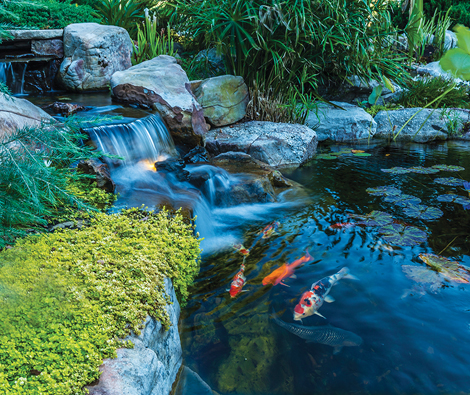
2023-05-13T12:02:02
A proper wetland filtration system typically requires several filtration equipment components to effectively treat water. These components work together to remove contaminants, improve water quality, and promote the growth of beneficial wetland plants. Here are some key filtration equipment commonly used in wetland filtration systems: Sediment Basins: Sediment basins are designed to capture and settle out suspended solids, sediments, and debris from incoming water. They help prevent these pollutants from reaching the wetland area and potentially harming the plants and wildlife. Gravel Bed/Filters: Gravel beds or filters provide additional filtration by trapping and removing fine particles, organic matter, and excess nutrients like nitrogen and phosphorus. The water passes through the gravel bed, allowing the filtration process to occur naturally. Wetland Plants: Wetland plants play a crucial role in the filtration process. They have extensive root systems that provide a large surface area for beneficial microorganisms to grow. These microorganisms help break down and remove contaminants, such as excess nutrients and some pollutants, from the water. Subsurface Flow Constructed Wetlands: Constructed wetlands consist of a series of shallow basins or channels filled with gravel or other porous media. The water flows through the wetland system, allowing the wetland plants and associated microorganisms to remove pollutants through processes like sedimentation, adsorption, plant uptake, and microbial degradation. Retention Ponds: In some wetland filtration systems, retention ponds or small impoundments are used to temporarily hold and slow down water flow. This allows sedimentation to occur, reducing the amount of suspended solids and improving water quality before the water enters the wetland area. Inlet and Outlet Structures: Properly designed inlet and outlet structures help control the water flow and distribution within the wetland filtration system. They ensure that water is evenly distributed across the wetland area, optimizing the filtration process. Flow Control Devices: Flow control devices, such as weirs, gates, or adjustable valves, are used to regulate the water flow rate through the wetland system. They help maintain consistent flow rates and ensure that the wetland plants and filtration media have enough contact time with the water for effective treatment. Monitoring Equipment: Monitoring equipment, such as water level sensors, flow meters, and water quality testing instruments, may be included to continuously monitor the performance of the wetland filtration system. This allows for adjustments and optimization to maintain proper functioning. It's important to note that the specific design and equipment required for a wetland filtration system may vary depending on the size, purpose, and target contaminants of the system. Consulting with wetland experts or environmental engineers can help determine the most suitable filtration equipment for a particular wetland filtration project.

Have a question? Ask here!
Required fields are marked *